Yesterday I spent the day at the Corporate Social Media Summit, a big gathering of some of the best minds in leading social media efforts on behalf of large corporate brands. The event was put on by the team at Useful Social Media – and that indeed was the theme of the day as panelists offered real case studies, answered tough questions and generally demonstrated that there is real hope for large corporate brands to actively use social media to generate real business value in multiple ways. Here are some of the biggest lessons that 10 brands featured on Day 1 of the event shared in their presentations:
1. American Express* – "Altruism has a long tail."
Uniquely qualified to talk about the impact of altruism, American Express Open Forum VP of Social Media Laura Fink went behind the scenes of the hugely successful "Small Business Saturday" campaign that American Express launched back in November of 2010 to create a day where consumers could get rewarded with a $25 statement credit for shopping at a small business location. According to Fink, the campaign engaged more than 1.2 million small businesses around the country and also helped those businesses to see a 28% sales lift on the day of the promotion. Perhaps more importantly, it showed that doing something good can generate a real business impact for customers as well as for the big brand putting on the campaign.
2. Union Pacific – "Never underestimate local communities."
One of the largest railway companies in the United States, Union Pacific has also been around for nearly 150 years. To celebrate this heritage, Senior Manager of Media Technology Tim Mcmahan shared a case study of a crowdsourced competition that Union Pacific held to get people to vote on the ideal route for one of their old steam engines to take on the "Union Pacific Great Excursion Adventure." The voting was split into several rounds, with some fierce competition from unexpected locations. Through each round, Mcmahon shared that the consistently surprising result was that smaller towns like Tuscola, IL were routinely outpacing big metro markets like Chicago. The point, he noted, was that sometimes the most passion for a campaign like this can come from smaller local communities for whom winning may be a bigger deal. Across the campaign, there were nearly 200,000 votes recorded, over 100,000 email addresses captured and the brand plans to reprise the campaign next year.
3. Coca-Cola* – "The most important number in social media is 360."
Through the brilliant video below, Coke's Director of Digital Communications Ashley Brown told the story of a big ambitious PR idea which turned into the largest social media campaign the brand had ever done. The mission was to send three lucky travelers on a journey to all 206 countries around the world where Coke was sold. The trio embarked on their journey on January 1, 2010 and anyone could choose to follow their travels and adventures on the website Expedition 206 (which sadly doesn't seem to be available online anymore). Their goal in each country was to find what made people happy – which Brown noted was perfectly on strategy for Coke to build on their existing brand platform and marketing campaign centered around the idea to "open happiness." The answers they got ranged from family to music to dancing to soccer (yes, they made it to the World Cup in South Africa). Through the lens of this beautiful social experiment disguised as marketing, the team managed to reach what may be the most profound conclusion of all … that happiness is always simple, whatever form it takes.
4. Best Buy – "Nobody owns social media."
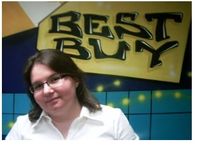
Disclaimer: I moderated this panel where Gina spoke.
5. Samsung – "Negative experiences are our biggest opportunity."
Samsung is a brand that has made lots of strides recently in integrating social media into their customer service, and has been very active in joining conversations about their brand online. One of the leaders of this, Jessica Kalbarczyk (@samsungjessica) shared her insights about how her small team of four colleagues manages to engage people online about Samsung, and help solve their problems. For Jessica, coming from a marketing and PR role into one more focused on customer service was a fulfilling role because
every day she manages to address real problems and change consumers experiences one by one. Anyone in a marketing role who has suffered through never ending meetings about social media without a real vision or tangible outcome will easily be able to imagine how nice a feeling it much be to actually solve real problems and the sense of accomplishment that would offer on a daily basis. As part of that, she shared a point of view which is common among customer service pros … that they would much rather find negativity and have a chance to fix it and change that consumer's perception. Marketers, on the other hand, tend to run scared in the opposite direction from any negativity. There is clearly a lesson here about the necessity of integrating marketing and customer service more closely.
Disclaimer: I moderated this panel where Jessica spoke.
6. Dell – "Forget ROI and focus more broadly on business value."
At the top of most analyst's lists of brands that have managed to integrate social media into their operations in a real and tangible way would likely be computer maker Dell. During his talk, Richard Binhammer from Dell shared a historical perspective of how social media became integrated into the organization, and one of the most powerful points in his presentation was where he shared the six business areas which have fully embraced social media for different business reasons – marketing, product development, sales, online presence, customer service and communications. While other brands focus on one of these at a time, Dell has reached a point where they can "inhale and exhale at the same time" as Richard shared in his talk. Ultimately, his biggest point is that "ROI" is such a restricting term when it comes to describing what social media can offer and there is a much stronger way to describe the real value behind it that we need to think about including in more of our discussions.
Disclaimer: I moderated this panel where Richard spoke.
7. Southwest – "Have fun and be human."
Fun and airline are not two words that anyone would typically use in the same sentence, yet Social Media Manager from Southwest Airlines Alice Wilson devoted a good part of her talk about how Southwest creates a more human brand by using an irreverant voice. The questions that keep many other large brands up at night in terms of making sure they have backup for employees who are running social media channels, or mapping everything back to some specific campaign or column on a spreadsheet don't seem to matter as much for Southwest. They have guiding principles around their social voice, yet Alice shares that most people who speak out for the brand "just get the hang of it." Without that formalized training or overly bureaucratic approach to managing every aspect of Southwest, the brand succeeds because they have such a strong culture that people start to take it on as their own from day one and this translates into social media.
Disclaimer: I moderated this panel where Alice spoke.
8. Kodak – "Real time listening pays off."
Kodak is a brand that has won a lot of respect for how forward thinking they have been in moving into social media over the past several years, even publishing a guidebook which was available for the attendees on how to use social media and what they had learned. In his talk Tom Hoen, the Kodak Director of Interactive Marketing, shared a number of examples demonstrating the power of listening. In one example, the brand awoke to a barrage of negativity from fans of a Nickelodeon TV show called Degrassi because there was a rumor that the brand had pulled all their advertising due to the show's sometimes adult themes. Fairly rapidly, they were able to use social media to diffuse the rumor (it was actually just a natural pause in flighting for their ads) and engage those angry voices – leading one person to share on Twitter "Now I feel bad. I told the Kodak people to eff themselves sideways, and they sent me a tweet being all nice." Aside from the newly found good feelings, Degrassi and Nickelodeon offered up 2 free spots to Kodak during their season premiere. Not a bad ROI for engaging a few irate teens.
9. New York Life – "Brands need to trust their people."
An unexpected voice at the event came from Gregory Weiss, the AVP of Social Media for New York Life. He started with an entertaining look at the hypcritical nature of business, and how many large brands are afraid of what their employees might do with social media even though they let those same employees have phones and use fax machines and talk to people outside of the company. His main point was that if you can't trust your employees to do the right things and make the right choices, then maybe you need to hire better people. He offered several real tips for using social media in a corporate environment, including supporting your existing sales force, getting on the agenda of new hire initiations so you can tell them about social media, and even simple things like encouraging people to add your social media properties to the end of their email signatures. A point I took away as well, though he didn't mention it was about the importance of picking your battles. Apparently, New York Life also has a vetting process they use internally before any social media property can link to an outside website. That might seem like overkill for many brands, but Greg manages to work around it without making it a big issue.
10. Pepsi – "Reward people for everyday behaviour."
The last presentation of the day came from Josh Karpf, who focuses on an area that more brands should consider having as part of their marketing efforts … digital research and development. His group runs many forward thinking exp
eriments on how to use social media to engage consumers, and he shared some real examples and hard data from a few of their efforts around trying to offer couponing as a layer on top of geolocation and encouraging people to check in. For one campaign with Hess convenience stores, they found that using a Foursquare promotion in a particular location offered a 47% boost in volume of purchase over previous weeks where the campaign was not running – a great result for the retailer. On the Pepsi side, they interesting learned that coupon redemptions were much higher when offered to people as a reward for some type of behaviour, which seems to offer the logical conclusion that people are more likely to follow through a claim the discount or product from a coupon if they feel they had to "earn" that coupon in some way such as by checking into the gym for 10 days in a month.
*NOTE: Several of the brands mentioned in this post are current or previous Ogilvy clients. In particular, Coca-Cola and American Express are both clients and some Ogilvy team members may have worked on both of the campaigns mentioned. In both cases, I did not work in either campaign and also have not been compensated or encouraged in any way to write about these two brands or these campaigns. I am also a contributor to the American Express Open Forum website.


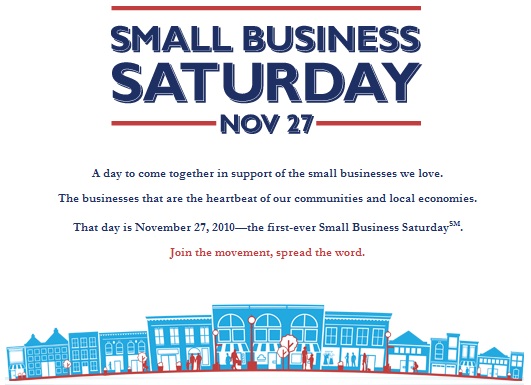
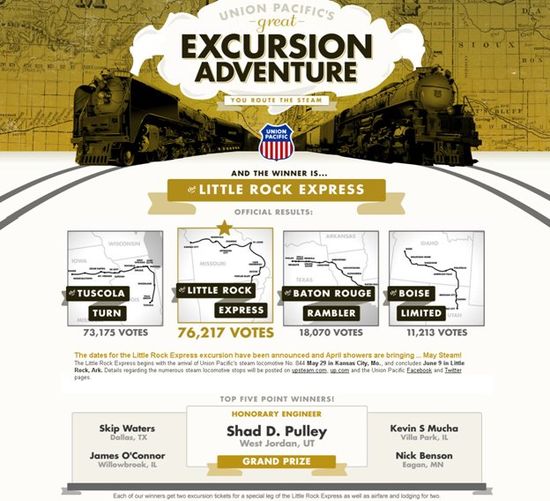
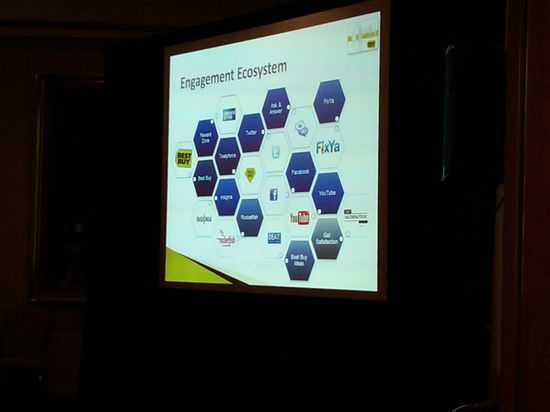
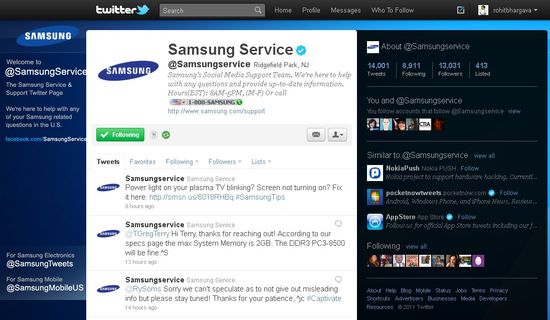
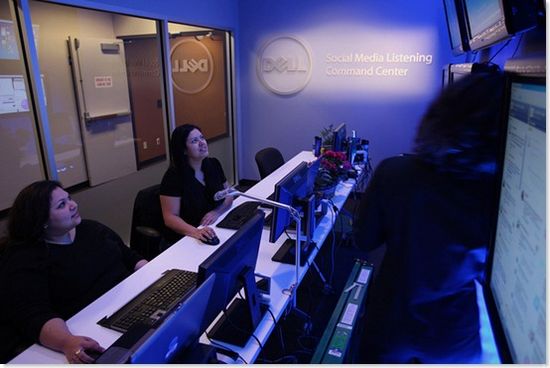

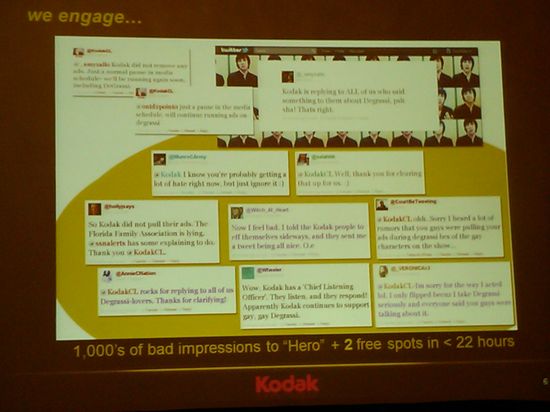





WE RECENTLY REMOVED COMMENTING - LEARN WHY HERE >